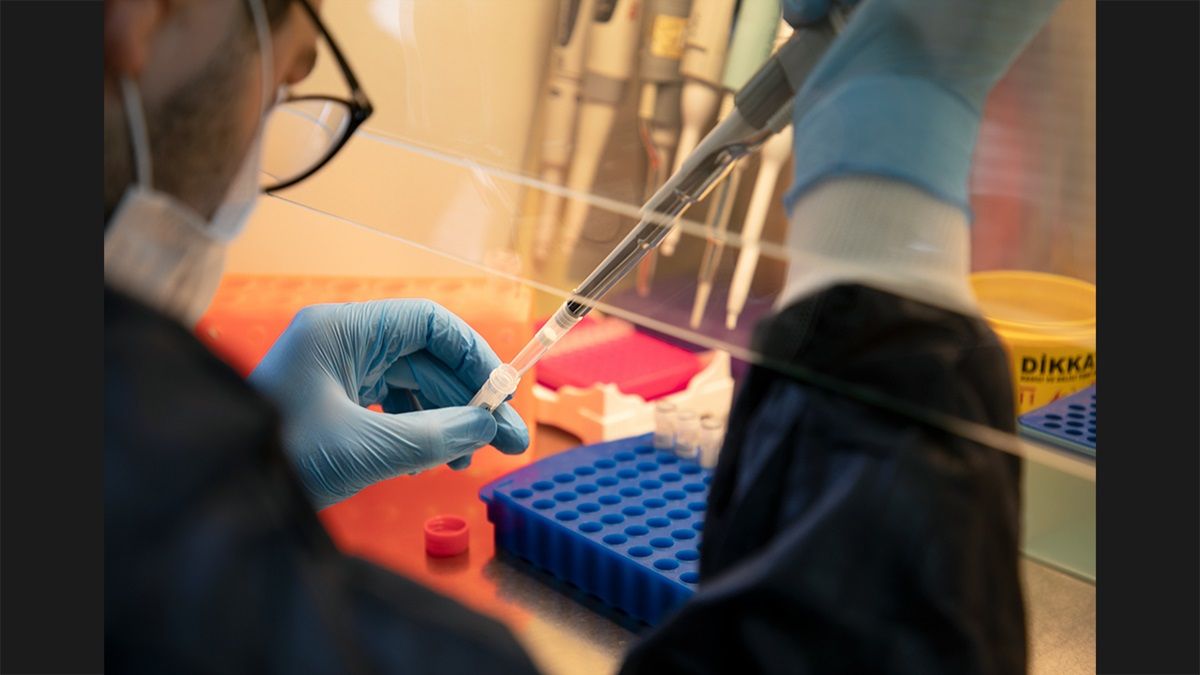
The analysis of genetic markers in bacteria involves several key procedures, including sample collection, DNA extraction, amplification of target sequences, sequencing, and data analysis. Each step is crucial for accurately identifying and characterizing genetic markers that can be used for various applications such as microbial source tracking, pathogen identification, and understanding microbial diversity. Below is a detailed breakdown of these procedures:
1. Sample Collection
The first step in analyzing genetic markers involves the collection of samples from the environment or host organisms. This can include:
- Fecal Samples: For studies on fecal contamination or gut microbiota.
- Environmental Samples: Such as soil, water, or food products to assess microbial populations.
- Clinical Samples: From infected individuals to identify pathogenic bacteria.
Proper sampling techniques are essential to avoid contamination and ensure representative samples.
2. DNA Extraction
Once samples are collected, the next step is to extract DNA from the bacterial cells present in those samples. The extraction process typically involves:
- Cell Lysis: Breaking open bacterial cells using physical (e.g., bead beating) or chemical methods (e.g., detergents).
- Purification: Removing proteins and other cellular debris using phenol-chloroform extraction or silica-based methods.
- Precipitation: Isolating DNA by adding alcohol (ethanol or isopropanol) to precipitate the nucleic acids.
The quality and quantity of extracted DNA are critical for downstream applications.
3. Amplification of Target Sequences
To analyze specific genetic markers, targeted regions of the bacterial genome must be amplified using Polymerase Chain Reaction (PCR). This process includes:
- Designing Primers: Short sequences that flank the target region are designed based on known sequences in databases like NCBI.
- Setting Up PCR Reactions: The reaction mixture includes template DNA, primers, nucleotides (dNTPs), buffer solution, and a heat-stable DNA polymerase.
- Thermal Cycling: The PCR machine cycles through denaturation (separating strands), annealing (binding primers), and extension (synthesizing new DNA strands).
Successful amplification results in millions of copies of the target sequence.
4. Sequencing
After amplification, the next step is to determine the nucleotide sequence of the amplified products. Common sequencing methods include:
- Sanger Sequencing: A traditional method that uses chain-terminating dideoxynucleotides to produce fragments that can be separated by size.
- Next-Generation Sequencing (NGS): High-throughput methods that allow for rapid sequencing of multiple samples simultaneously. Platforms like Illumina or Ion Torrent are commonly used.
Sequencing provides detailed information about the genetic markers present in bacterial populations.
5. Data Analysis
Once sequencing is complete, data analysis is performed to interpret the results:
- Quality Control: Raw sequence data undergo quality checks to remove low-quality reads.
- Alignment and Assembly: Sequences are aligned against reference genomes or assembled de novo if no reference is available.
- Variant Calling: Identifying single nucleotide polymorphisms (SNPs), insertions/deletions (indels), and other variations within the sequences.
- Phylogenetic Analysis: Constructing phylogenetic trees based on genetic similarities helps understand evolutionary relationships among bacterial strains.
This comprehensive analysis allows researchers to draw conclusions about microbial diversity, pathogenicity, and environmental impacts.
Conclusion
In summary, analyzing genetic markers in bacteria requires meticulous procedures starting from sample collection through data analysis. Each step plays a vital role in ensuring accurate identification and characterization of microbial species and their genetic traits. These analyses contribute significantly to fields such as microbiology, epidemiology, environmental science, and biotechnology.







